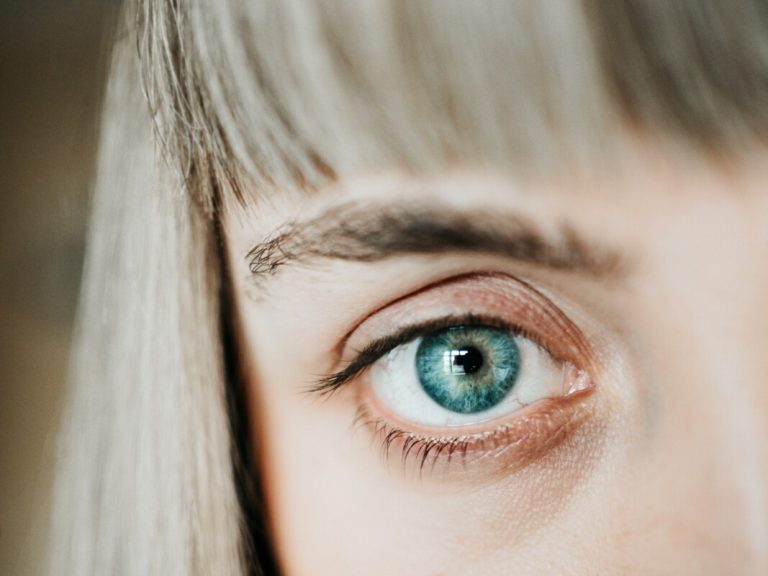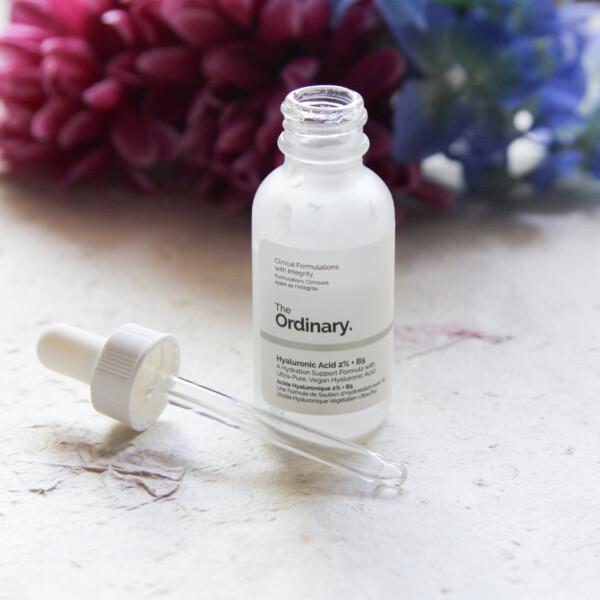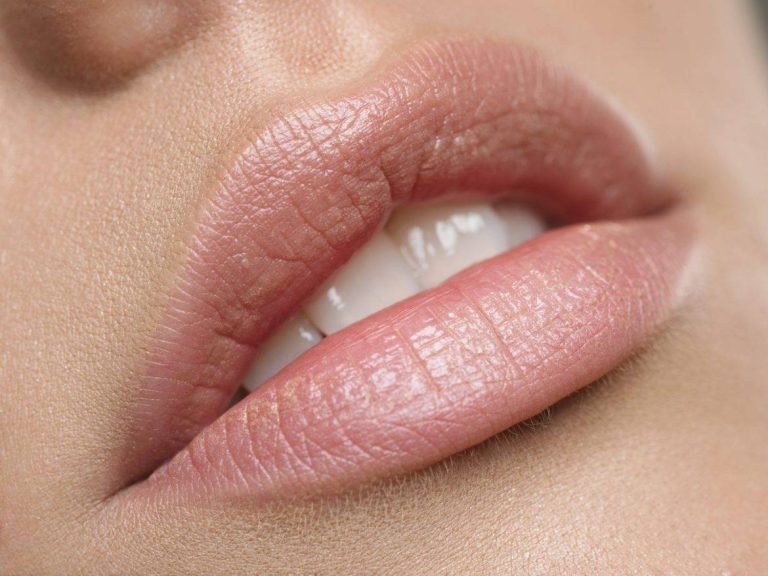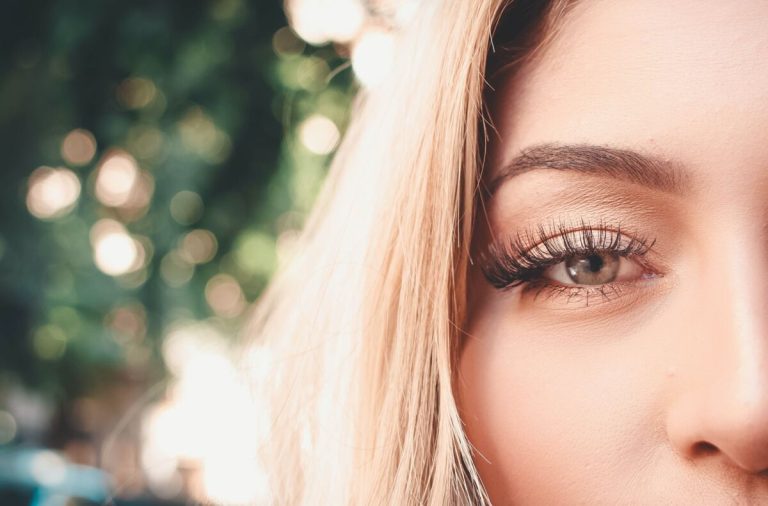How Many Eyelashes Do We Have?
Our eyes are one of the most complex and intricate organs in the human body. Composed of many different parts working in harmony, the eyes allow us to see and perceive the world around us. One essential component of the eye are the eyelashes. While we don’t often think about our eyelashes, they serve an important function and protecting our eyes.
In this article, we’ll explore the science behind eyelashes, examine how many eyelashes the average person has, look at the factors that can influence eyelash count, and provide tips on how to properly care for these delicate hairs.
The Science Behind Eyelashes
Contents
Before looking at the number of eyelashes the average person has, it helps to understand what eyelashes are and their biological purpose. Eyelashes sprout from the edge of the eyelid and are made up of a protein called keratin, the same substance that makes up hair and nails.
The primary purpose of eyelashes is to protect the eyes. They act as a barrier to keep dust, dirt, and other debris from entering and irritating the eyes. Eyelashes also provide some UV protection for the eyes against the sun’s harmful rays. The involuntary blinking of our eyes causes our eyelids to close and our upper and lower eyelashes to interlock, temporarily sealing off the eye from external contaminants.
Eyelashes follow a specific growth cycle. They grow for about 5-6 months, eventually falling out and being replaced by a new lash in this follicular unit. This growth cycle results in constant regeneration and replacement of eyelashes over time. As old lashes are shed, new ones sprout up in their place.
How Many Eyelashes Do Humans Have?
So exactly how many eyelashes do people have on average? The total number varies slightly between individuals, but the typical range is as follows:
- Upper eyelid: Between 150 to 200 lashes
- Lower eyelid: Between 75 to 100 lashes
This means the average person has a total of around 250 to 300 eyelashes per eye. As we have two eyes, the total adds up to approximately 500 to 600 individual eyelashes. Of course, there is natural variation among people that can result in slightly fewer or greater number of lashes. Age, genetics, and health conditions also play a role. But for most of the population, the averages stated here represent a normal eyelash count.
The upper eyelid tends to have a greater number of eyelashes than the lower lid for an important reason. Having more lashes above the eye provides more extensive coverage and protection from falling debris and particles that could irritate the eye. The downward slope of the upper eyelid also allows the lashes to protrude outward, further enhancing their protective capacity.
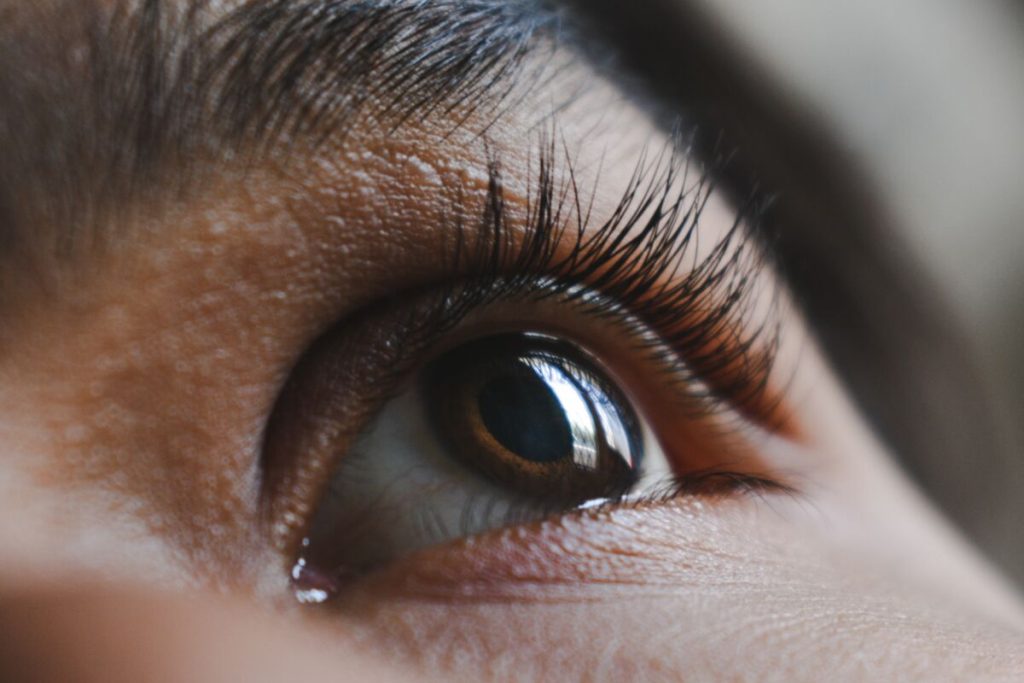
Variations in Eyelash Count
While the averages provide a good benchmark, the specific number of eyelashes per person can vary for a number of reasons:
- Age – Babies are born with very few eyelashes. Lash count increases rapidly up until puberty. As we age, eyelash growth begins to slow down resulting in thinner and fewer lashes over time.
- Genetics – Genetics play a big role in eyelash count, with ethnicity impacting the thickness and number of lashes. For example, those of Asian descent are more likely to have thicker, more lush eyelashes.
- Health Conditions – Certain medical conditions like hypothyroidism, which affects hormones, can cause eyelashes to become brittle and fall out more readily. Treatments like chemotherapy also impact lash growth.
- Lifestyle Factors – Poor diet, lack of sleep, and stress may potentially inhibit eyelash growth over time. On the other hand, proper nutrition supports their health.
- Makeup & Eyelash Treatments – Frequent use of eyelash curlers, extensions, perms, tints, and false lashes can damage and cause lashes to shed more frequently.
So while the average count serves as a useful guideline, a number of intrinsic and extrinsic factors can lead to natural diversity in how many eyelashes people have.
Eyelash Extensions and False Eyelashes
For those desiring even fuller, longer lashes, treatments like eyelash extensions have grown in popularity. A professional will apply synthetic mink or silk lashes one-by-one to your existing eyelashes, typically using a strong bonding glue.
A full set of eyelash extensions involves applying approximately 150 to 200 lashes to each eye. Since we naturally have between 150 to 200 lashes per eye, this effectively doubles the number of eyelashes for those with extensions. The results are lush, pronounced lashes that appear thicker and longer, opening up the eyes. For those seeking convenience, some opt for DIY lash extensions at home, though this requires careful application and maintenance to achieve desired results.
For special events or occasions, strip or cluster false eyelashes provide another option for enhancing lashes temporarily. These adhere over the entire lash line and can include 30 to over 100 individual lashes depending on the look you’re aiming to achieve. With proper application, false lashes blend in seamlessly with your natural lashes and amp up the glamour.
While eyelash extensions and falsies allow you to augment yourGod-given lashes, it’s important not to overdo it. The added weight of too many extensions or falsies long-term can actually cause natural lashes to become damaged and fall out prematurely.
Taking Care of Your Eyelashes
To keep your eyelashes looking their best, adopting proper eyelash care and maintenance habits is essential. Here are some tips:
- Be Gentle – Avoid rubbing your eyes aggressively and steer clear of eyelash curlers which can tug lashes. Use makeup remover that is oil-free and gentler on delicate lashes.
- Keep Them Clean – Remove all makeup before bedtime and use lash shampoo weekly to prevent buildup and promote growth.
- Moisturize – Condition your lashes with a natural oil like castor oil to nourish the hair follicles.
- Avoid Harsh Chemicals – Steer clear of oil-based makeup removers, perming solutions, and mascaras that can dry out lashes.
- Give Lashes a Break – Allow at least 48 hours between using false lashes or eyelash extensions to prevent lash loss.
Following these best practices will help support the health of your eyelashes so you can enjoy your natural lashes for years to come.
Conclusion
Our eyelashes play an essential role in keeping our eyes healthy and clear of debris. We often take these delicate hairs for granted, but learning more about their function provides a deeper admiration for their place in our body’s natural design.
While most of us have between 150 to 200 lashes on our upper lids and 75 to 100 lashes on the lower lids, variation exists. Factors like age, genetics, health, and lifestyle impact the specifics of how many eyelashes we have. With proper care and maintenance habits, we can nurture our eyelashes to enhance their natural beauty.
So the next time you gaze at your reflection, take a moment to appreciate the complex elegance of your eyelashes. Whether you have 150 or 300 lashes per eye, they represent an integral part of the eye’s biology and serve to protect our gift of sight.

Founded by Sophia Rodriguez, IGXO Cosmetics is a PETA-certified, cruelty-free, and vegan makeup brand.
